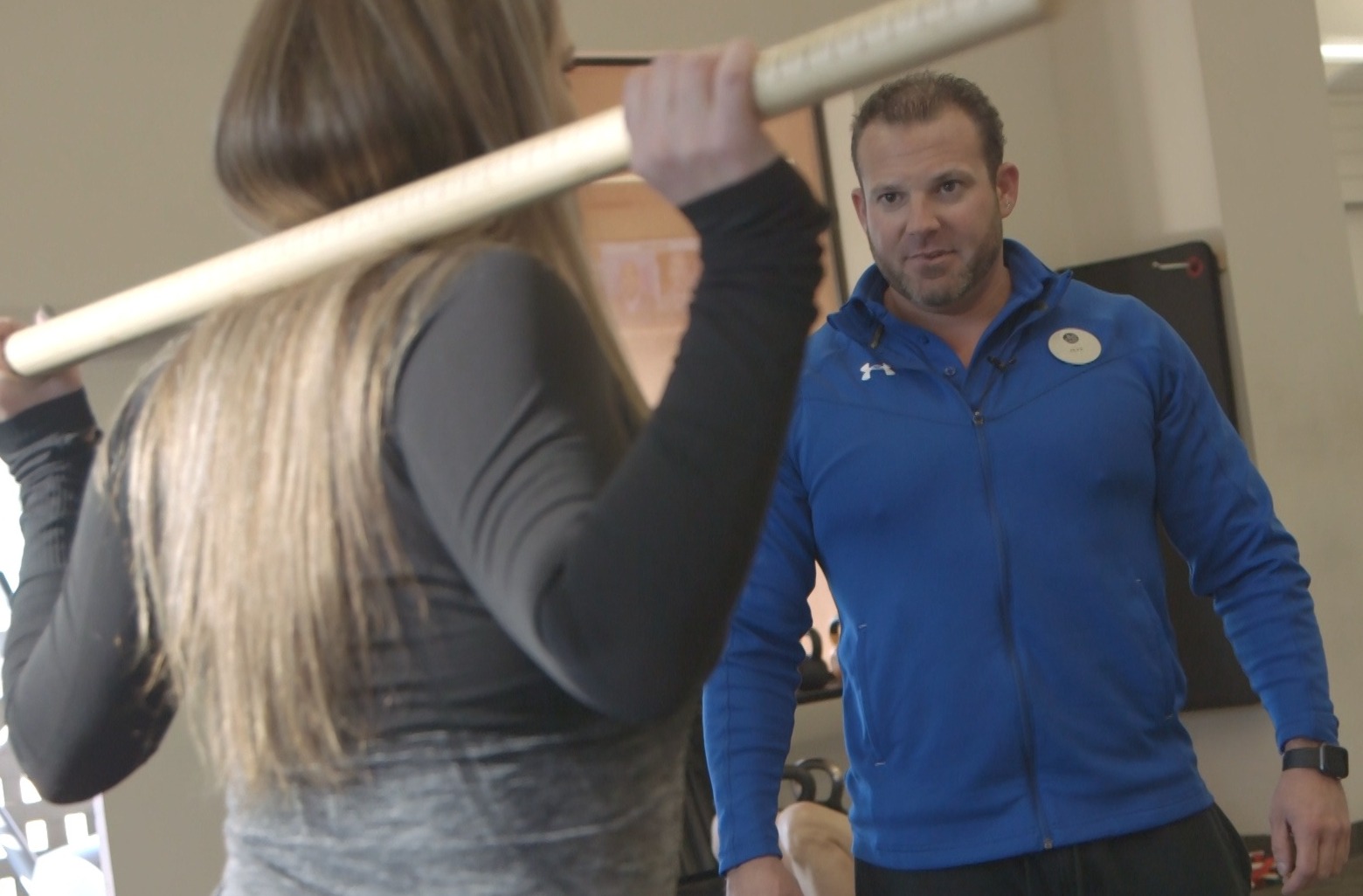Raise your hand if you’ve done a personal trainer assessment in the past 20-ish years. Yeah, us too. And we realized that while some trainers have an amazing sense of the body and are meticulous in their observations, the traditional approach can be very subjective. In this world of the quantified self and data, data, data, we thought it was about time to modernize the way our trainers help you get the most out of your workouts and your body via the most cutting edge screening possible (in fact, here what they have to say below!).
Which brings us to our brand new, physical therapist designed and data-based Functional Movement System (FMS) screen, basically the future of assessing movement and stability. We tried it out ourselves to see first-hand how this formulaic set of screening movements can improve our individual workouts and get us closer to our ultimate personal fitness goals.
Here are the five things we learned about the new system and why we think it should be on everyone’s must-do list for achieving 2018 fitness goals.
1. The scale doesn’t lie. Traditional personal trainer assessments are by nature subjective: You do push-ups or squats or stability tests and are assigned workouts from there based on how things look from certain angles. While some trainers have mastered the art of assessing, there are no mechanisms to ensure totally accurate reporting. The FMS, on the other hand, is all based on specific measurements of movements, taken multiple times. Movements are performed on a proprietary yardstick-looking device or similar apparatus with numbered notches, measuring functional movement that traditional assessments cannot.
2. The things you will learn about your symmetry are surprising. If you think your squat form is solid or that your lunges are geometrically perfect, you might be right. Or you might be surprised to find that one leg temporarily juts too far to one direction to make up for an imbalance in the others side’s glute. Alternately, if you don’t know the first thing about basic functional movements, you can learn proper form throughout the body based on how you already move.
3. Everyone has things to work on. Doesn’t matter if you’ve just had a baby and stopped working out on week eight of your pregnancy or if you’re a regular triathlete, the FMS shows specifics of where anyone has room for improvement in functional movement. For instance, yogis who have killer hamstring length might find that based on the FMS measurements their flexibility in the upper body is lagging behind. Or that while being able to perform a solid Chaturanga in class, outside of yoga their trunk stability might not be as strong as it could be (something that if improved could take that Vinyasa to a whole new level).
4. You walk away with insights you can put into practice on your own. Each movement is scored on a scale of 1-3, and notated on a form that you can take home. At the end of the screen, you’ve both learned where you fall on that scale for each move as well as what the specific imbalances are. Some movements are likely to be spot-on, while others need some work—the FMS provides specific data to help push you to improve as you work out in the future.
5. You get party favors! In addition to notating your screen performance numbers on a scale of 1-3, your trainer will enter the data from your screen into the FMS Pro website and you’ll receive personalized homework—the fun kind!—of corrective exercises to help you improve your score. You can continue working on these movements on your own, or use the baseline achieved in the screen to work with a trainer to regularly measure progress.
The FMS is now available at all Bay Club locations, contact your club’s fitness department to learn more about our favorite new tool to optimize personal movement goals.





